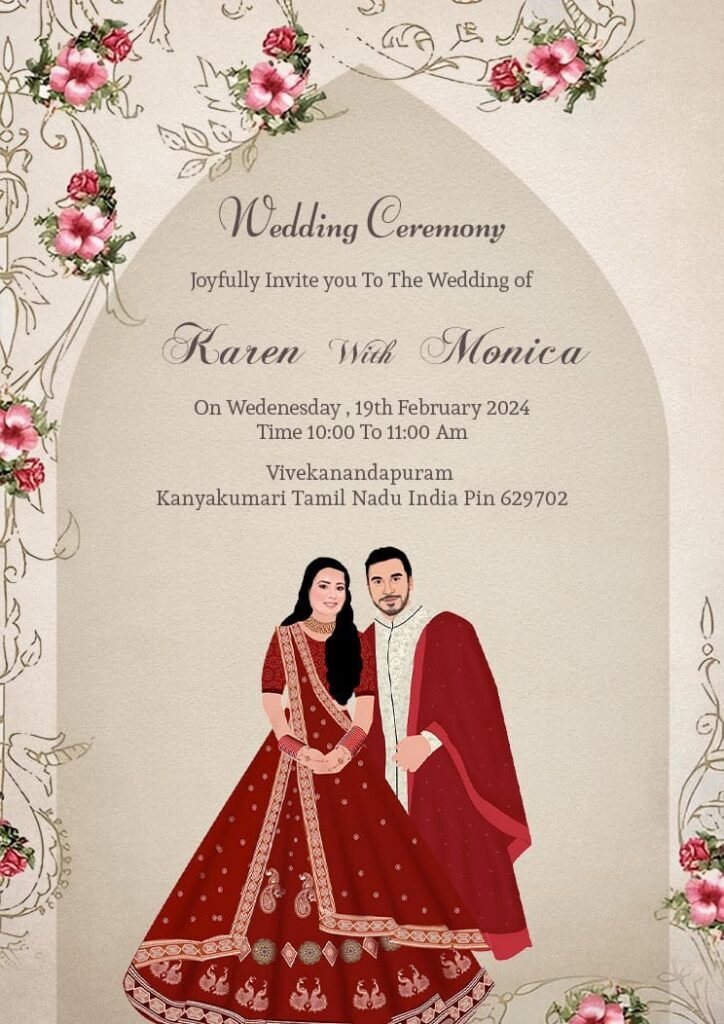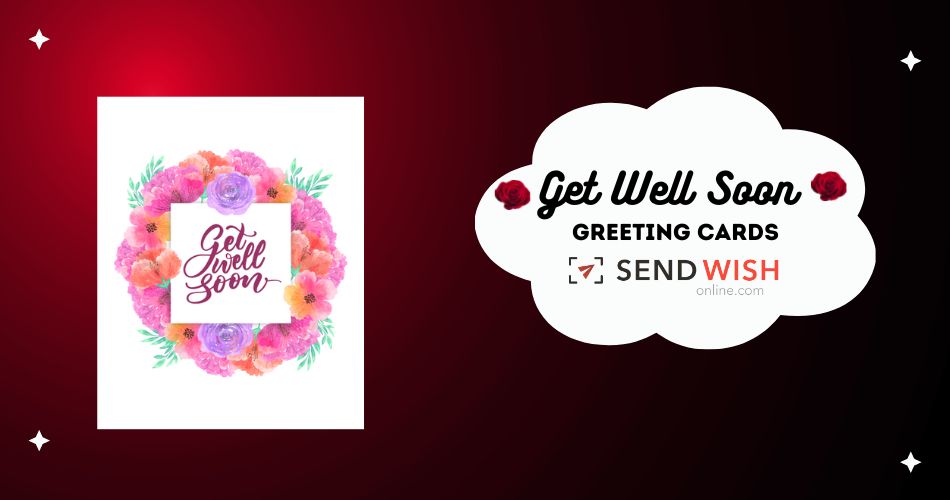A wedding invitation is more than just a piece of paper. It’s the first glimpse your guests will get into your special day, setting the tone and anticipation for the event. Crafting a wedding invitation with artistic flair can transform it from a simple announcement into a cherished keepsake. Here’s how to create an invitation that tells your love story beautifully and creatively.
The Significance of a Wedding Invitation
Your Template for Wedding Invitation Card is a critical element of your wedding planning. It conveys essential details like the date, time, and venue, but it also does much more. It introduces your wedding theme, reflects your personalities, and gives guests a sense of what to expect. A thoughtfully designed invitation can excite your guests and make them feel truly valued and included in your celebration.
Finding Your Inspiration
Before diving into the design process, take some time to find inspiration. Your love story is the perfect starting point. Consider the following aspects to draw inspiration from:
- Shared Interests and Hobbies: If you and your partner share a love for travel, books, music, or any other hobby, let that be reflected in your invitation.
- Significant Locations: Places that hold special meaning in your relationship, like where you met or got engaged, can serve as beautiful design elements.
- Favorite Colors and Themes: Use your favorite colors or a theme that you both love as the basis for your invitation design.
- Cultural Elements: If you want to honor your heritage, incorporate traditional patterns, symbols, or colors from your culture.

Designing with Artistic Flair
Once you’ve gathered your inspiration, it’s time to translate it into your wedding invitation. Here are some steps to help you design with artistic flair:
- Choose Your Color Palette
- Select a color scheme that matches your wedding theme. Whether it’s a classic black-and-white palette, soft pastels, bold jewel tones, or rustic earth tones, your colors should evoke the desired mood and feel.
- Select the Right Fonts
- Typography plays a significant role in the overall look of your invitation. Choose fonts that complement your theme. For instance, elegant scripts for a formal event, modern sans-serifs for a contemporary look, or whimsical handwritten styles for a casual or rustic wedding.
- Incorporate Illustrations and Graphics
- Custom illustrations and graphics can add a personal touch. Consider hiring an artist to create bespoke drawings that reflect your story, or use online tools to create your own. Floral motifs, landscapes, or even caricatures can make your invitation unique.
- Utilize High-Quality Paper and Printing Techniques
- The quality of the paper and printing can elevate your invitation. Opt for heavyweight paper and consider special printing techniques like letterpress, foil stamping, embossing, or digital printing with vibrant colors. These techniques can add texture and dimension to your design.
- Personalize with Photos and Monograms
- Adding a photo of you as a couple or a custom monogram can make your invitation more personal and memorable. Monograms can be elegantly simple or elaborately designed, fitting seamlessly into your invitation’s aesthetic.
- Experiment with Shapes and Sizes
- Traditional invitations are rectangular, but don’t be afraid to think outside the box. Square, circular, or even uniquely shaped invitations can stand out and add an element of surprise.

Crafting the Perfect Wording
The wording of your wedding invitation should be clear and concise, yet it should also convey the formality and style of your wedding. Here’s a basic structure to follow:
- Host Line
- Traditionally, the bride’s parents host the wedding, but this can vary. If both sets of parents, the couple themselves, or another host are hosting, adjust accordingly.
- Request Line
- This line invites your guests to the wedding. The wording can vary based on the formality.
- Details of the Wedding
- Include the date, time, and location of the ceremony and reception.
- Additional Information
- If needed, provide information about dress code, accommodations, or directions. This can also be included on a separate details card or a wedding website.
- RSVP Information
- Provide clear instructions for RSVPing, whether it’s a physical RSVP card or an online response.
Assembling and Sending Your Invitations
Once your invitations are designed and printed, it’s time to assemble and send them. Here are some tips for this final step:
- Envelope Selection
- Choose envelopes that match or complement your invitation design. Consider lined envelopes or those with special finishes for an added touch of elegance.
- Postage Considerations
- Weigh your assembled invitation to ensure you have the correct postage. Unique sizes or heavy embellishments may require additional postage.
- Hand-Addressing or Calligraphy
- Hand-addressing your envelopes or using calligraphy can add a personal and luxurious touch. If your budget allows, consider hiring a calligrapher.
- Timely Mailing
- Send your invitations 6-8 weeks before the wedding date. For destination weddings, send them at least 3-4 months in advance to allow guests ample time to make travel arrangements.
Conclusion: Making a Lasting Impression
Your wedding invitation is the first tangible connection your guests will have to your wedding day. By infusing it with artistic flair and personal touches, you create not just an invitation, but a cherished keepsake that reflects your love story. Whether you choose to design it yourself or work with a professional, the effort you put into creating a beautiful, thoughtful invitation will set the stage for a memorable celebration of your love.




